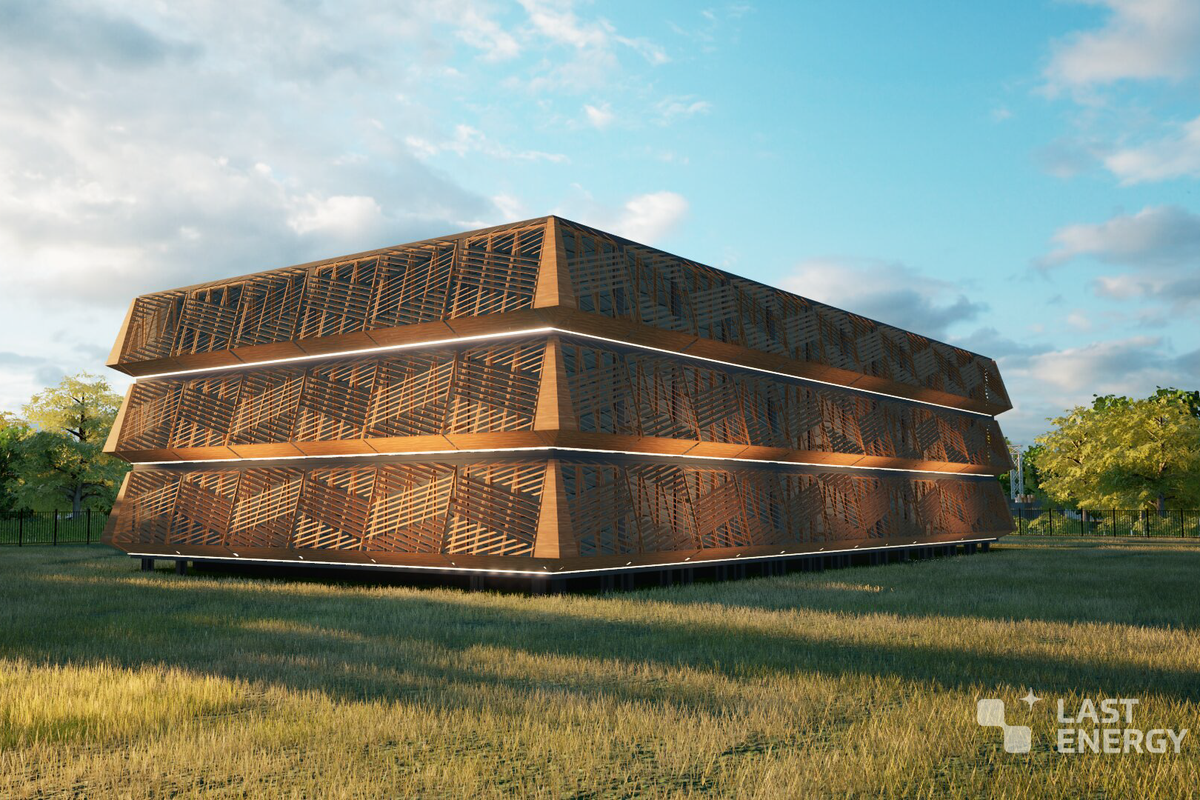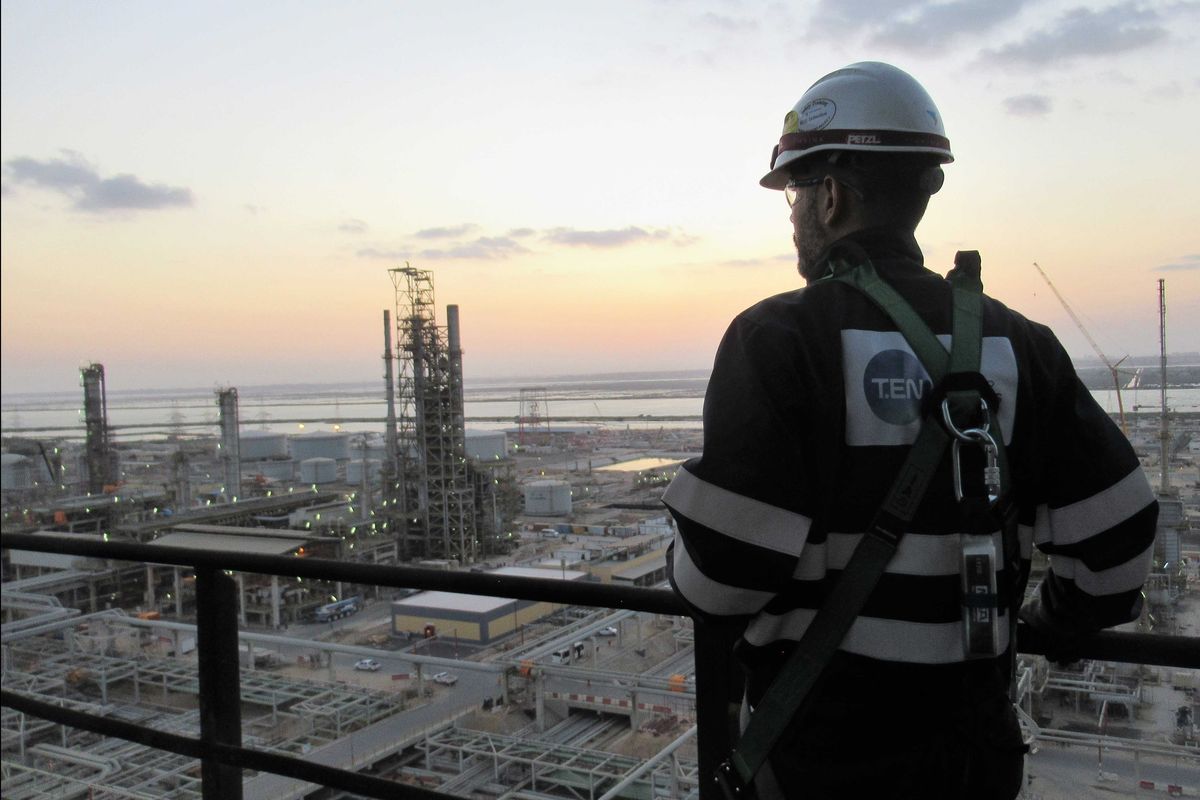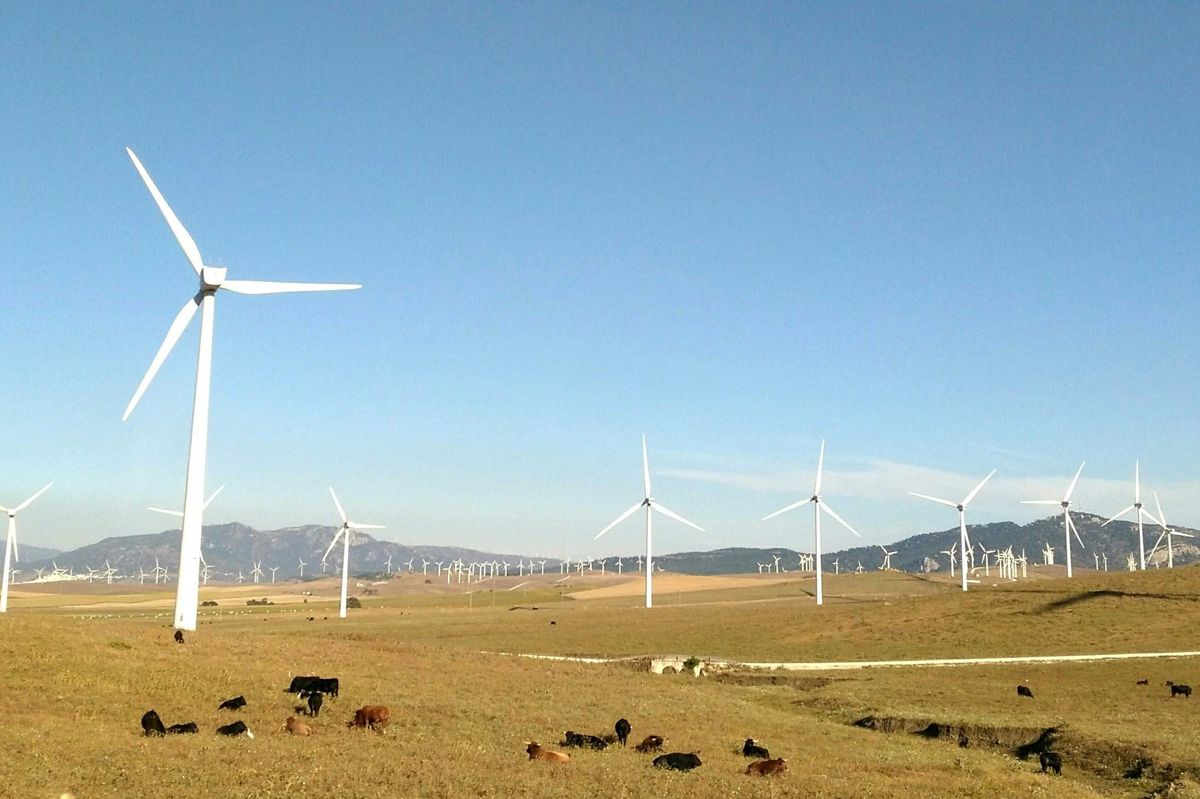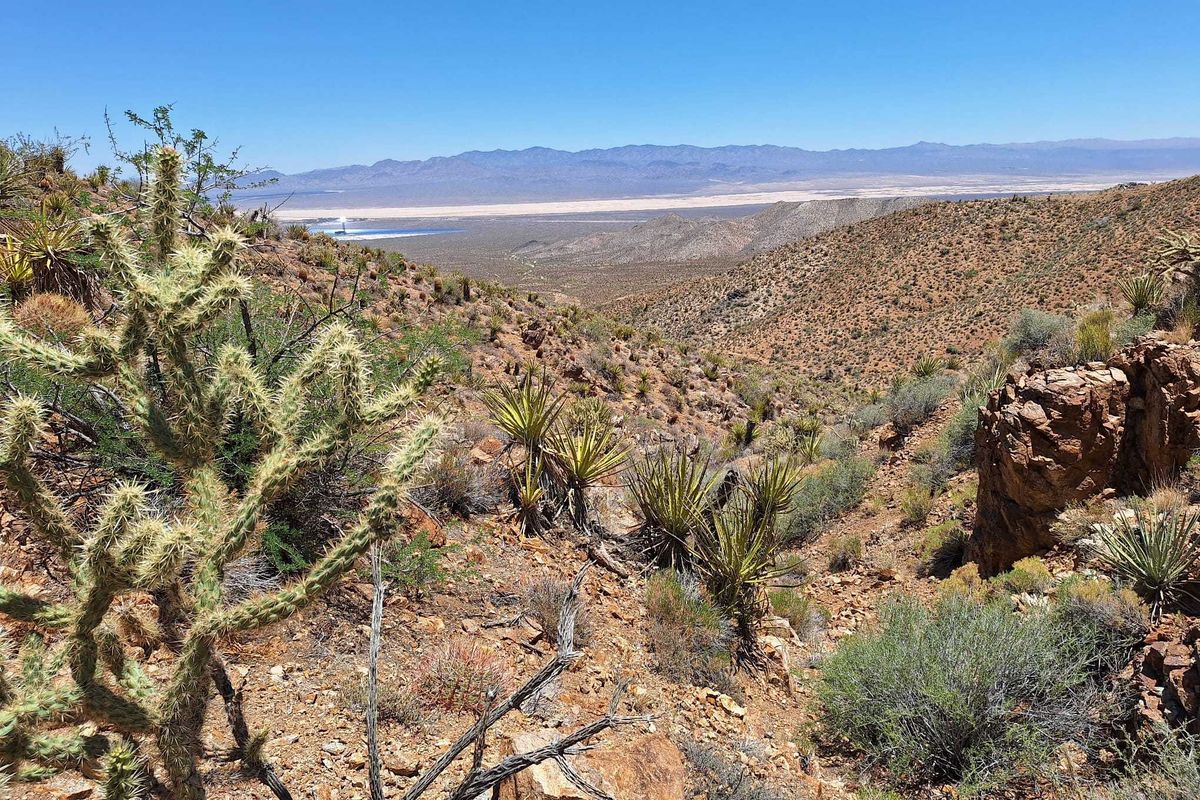$360M DOE grant to fund project that will connect ERCOT to US power grid
powering on
Thanks to recently announced funding, the power grid for the territory served by the Electric Reliability Council of Texas (ERCOT) will be connected to grids in other states.
Officials hope building a 320-mile transmission line that connects the ERCOT electric grid to electric grids in the Southeast will prevent power outages like the massive blackout that occurred in 2022 when a winter storm blasted Texas.
San Francisco-based Pattern Energy says its Southern Spirit project will cost more than $2.6 billion. Full-scale construction is supposed to get underway in 2028, and the project is set to go online in 2031.
The U.S. Department of Energy recently approved up to $360 million for the transmission project. The transmission line will stretch from Texas’ border with Louisiana to Mississippi. It’ll supply about 3,000 megawatts of electricity in either direction. That’s enough power for about 750,000 residential customers during ERCOT’s peak hours.
ERCOT’s more than 54,100 miles of transmission lines supply power to about 90 percent of Texans.
“The U.S. transmission network is the backbone of our nation’s electricity system. Though our grid has served U.S. energy needs for more than a century, our country’s needs are changing,” David Turk, under secretary at the Department of Energy, says in a news release.
“DOE’s approach to deploying near-term solutions and developing long-term planning tools will ensure our electric grid is more interconnected and resilient than ever before,” Turk adds, “while also supporting greater electricity demand.”
The other three projects that recently received funding from the DOE include:
- Aroostook Renewable Project, which will construct a new substation in Haynesville, Maine, and a 111-mile transmission line connecting to a substation in Pittsfield, Maine.
- Cimarron Link, a 400-mile HVDC transmission line from Texas County, Oklahoma to Tulsa, Oklahoma
- Southline, which will construct a 108-mile transmission line between Hidalgo County, New Mexico, and Las Cruces, New Mexico. The DOE previously supported a 175-mile line from Hidalgo County, New Mexico, to Pima County, Arizona, in Southline Phase 1 on the first round of the Transmission Facilitation Program.
This month's funding completes the $2.5 billion in awards from the Transmission Facilitation Program which is administered through the Building a Better Grid Initiative that launched in January 2022. Its mission has been to develop nationally significant transmission lines, increase resilience by connecting regions of the country and improve access to clean energy sources, according to the DOE.
Earlier this year, ERCOT, which manages 90 percent of Texas’ power supply, forecasted a major spike in demand for electricity over the next five to seven years
- DOE taps Houston company's facility to advance carbon capture, storage infrastructure ›
- Houston-area energy tech startup wins DOE competition's $100,000 prize ›
- Houston-area counties land DOE funding for energy infrastructure projects ›
- Houston solar company expands in Puerto Rico, receives DOE funding ›
- DOE doles out funding to 4 Houston tackling carbon dioxide removal tech ›
- Houston-based Oxy subsidiary receives $600M in federal funding for carbon capture project ›
- DOE taps Air Alliance Houston, others to new REDI consortium - Energy Capital ›
- Solar, battery storage stabilized Texas grid in summer 2024 - Energy Capital ›










